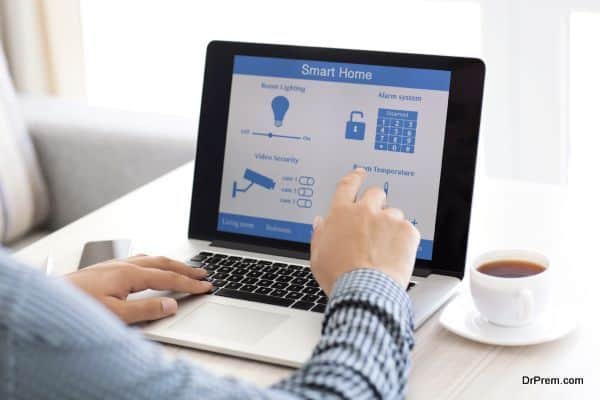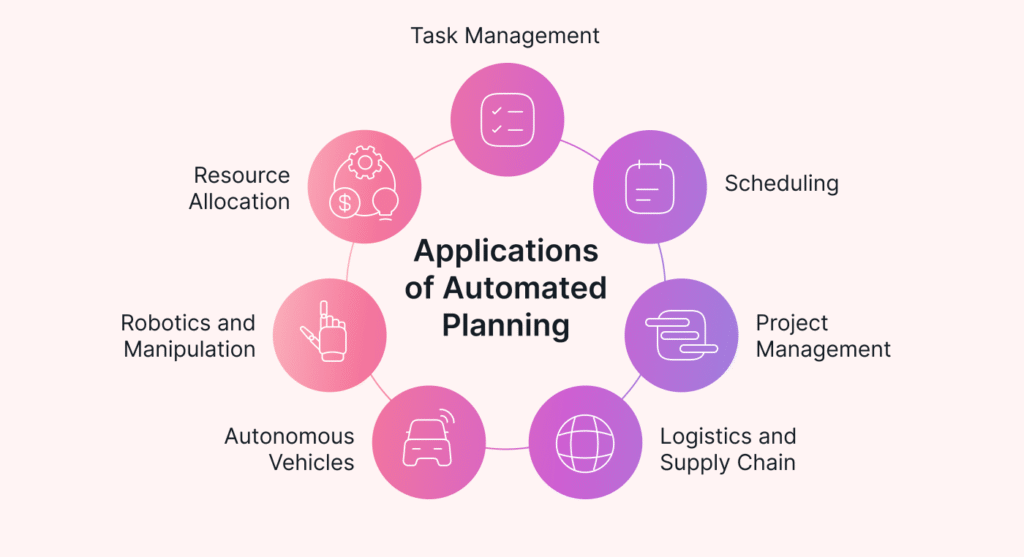Common Mistakes to Avoid When Installing Smart Home Tech
Mistakes to avoid when installing smart home tech are more common than many people think, especially among first-time users. From buying incompatible devices to neglecting network requirements, understanding the mistakes to avoid when installing smart home tech can save you time, money, and frustration. In this article, we’ll break down the most frequent missteps and show you how to avoid them for a smoother installation process.
Whether you’re a tech enthusiast or a beginner looking to modernize your home, being aware of these errors will help you create a system that’s functional, secure, and future-proof.

Overlooking Ecosystem Compatibility
One of the biggest mistakes to avoid when installing smart home tech is failing to choose a unified ecosystem. Devices that don’t play well together lead to poor performance, inconsistent automation, and frustrating user experiences.
What to Do Instead:
- Choose an ecosystem like Amazon Alexa, Google Home, or Apple HomeKit early on.
- Check device compatibility before purchasing.
- Stick to brands and products that integrate well within your chosen platform.
Mixing incompatible devices can cause setup headaches and limit the automation features you can take advantage of.
Underestimating Network Requirements
Another common mistake to avoid when installing smart home tech is ignoring your home network’s capacity. Smart homes rely heavily on Wi-Fi, and a weak or outdated network can result in slow response times or devices going offline.
Fixes and Solutions:
- Upgrade to a dual-band or mesh Wi-Fi router.
- Place your router in a central location.
- Use Ethernet connections where possible for high-bandwidth devices.
- Segment your network with a guest mode for IoT devices.
Failing to strengthen your network early on could compromise the reliability of your entire system.

Buying Too Many Devices Too Quickly
Enthusiasm often leads homeowners to buy too many devices at once. This is one of the most financially draining mistakes to avoid when installing smart home tech.
Better Approach:
- Start small with essentials like smart bulbs, thermostats, or plugs.
- Expand gradually based on real needs and experience.
- Evaluate how new devices affect automation, power usage, and convenience.
A modular, phased approach ensures you make cost-effective, useful upgrades rather than collecting unused gadgets.
Skipping Security Best Practices
Ignoring security settings is a critical mistake to avoid when installing smart home tech. IoT devices can be entry points for cyber threats if not configured properly.
Stay Safe With These Tips:
- Change default usernames and passwords immediately.
- Enable two-factor authentication on accounts.
- Regularly update firmware.
- Avoid public Wi-Fi when accessing smart devices remotely.
Securing your smart home is not optional—it’s an ongoing responsibility.

Poor Device Placement
Placement matters. Poorly positioned devices can reduce effectiveness, cause blind spots, or even render automation routines ineffective. This is another common mistake to avoid when installing smart home tech.
Best Practices:
- Place smart cameras at key entry points.
- Avoid putting motion sensors near vents or heat sources.
- Keep hubs/speakers in central, open locations.
- Test each device’s response time and connectivity before finalizing placement.
Good planning prevents costly rework and ensures optimal performance from the start.
Neglecting to Plan Automation Routines
Setting up devices without thinking through automation is a missed opportunity—and one of the more subtle mistakes to avoid when installing smart home tech.
Ideas for Planning Routines:
- Create scenes for morning, bedtime, or away-from-home situations.
- Link devices using “if this, then that” logic.
- Test routines during different times of day for reliability.
Thoughtful automation adds real value to your system by saving time and enhancing comfort.

Forgetting About Firmware and App Updates
Another technical mistake to avoid when installing smart home tech is failing to maintain devices with updates. Without updates, devices may be vulnerable or lose compatibility.
What You Can Do:
- Enable auto-updates if available.
- Check the manufacturer’s website or app regularly.
- Replace unsupported devices when necessary.
Updates often bring new features and better security, keeping your system future-ready.
Failing to Educate All Users in the Household
One of the most overlooked mistakes to avoid when installing smart home tech is not educating everyone who will interact with the system. A smart home is only effective if every member of the household knows how to use it responsibly and efficiently.
Key Tips:
- Offer brief tutorials on how to use voice assistants, smart locks, and routines.
- Show family members how to adjust lighting, temperature, or alarm settings.
- Teach kids and elderly users about emergency functions (e.g., panic buttons, voice dialing).
When users don’t know how to interact with the system, automation can become more of a hassle than a help.
To avoid common pitfalls and ensure a smooth experience, check out this expert guide on mistakes to avoid when installing smart home tech from CNET. Their detailed advice covers everything from device compatibility issues to network setup errors, helping you create a reliable and efficient smart home system. Dive deeper into smart home success by visiting their article here.
Ignoring Future Scalability
Planning for today without thinking about tomorrow is another major mistake to avoid when installing smart home tech. Many homeowners install devices without considering whether their system will scale as their needs change.
Future-Proofing Tips:
- Choose devices that support open standards like Matter or Zigbee.
- Invest in hubs that support expansion.
- Document your setup (device names, placement, routines) for easy upgrades.
- Leave room in your network and power supply for future additions.
A flexible design now will save time and frustration later when your household grows or technology advances.
For a comprehensive start, be sure to review our detailed Smart Home Installation Checklist, which complements this guide perfectly by helping you avoid common pitfalls and ensuring every step in your setup is covered. Combining both resources will help you dodge the mistakes to avoid when installing smart home tech and build a seamless, efficient system.
Conclusion
Avoiding the most common mistakes to avoid when installing smart home tech helps you create a stable, secure, and user-friendly system from day one. Whether it’s ecosystem alignment, network strength, security, or planning your automation routines, every detail matters.
Start with a solid foundation, be mindful of each addition, and stay proactive about security and maintenance. By learning from others’ mistakes, your smart home setup will be smooth, scalable, and genuinely smart.
